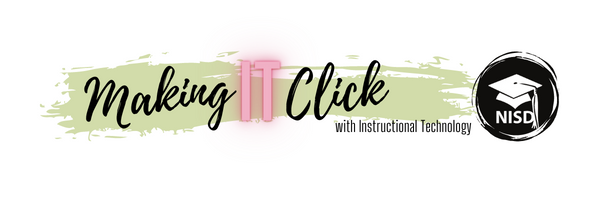As educators focus on growing their Advanced Academics programs and improving AP test scores, too often their conversations begin and end somewhere around “test prep”. While there is value in traditional test prep strategies like multiple choice practice and repetitive text analysis, students also desperately need to be able to think critically and apply their knowledge in meaningful ways.
Northwest High School’s AP World History teachers, Jeanette Jones and Nicole Olson challenged their students to collaboratively depict the effects of historic trade routes based on the five major themes of their AP course. Student Sam clarified, “We were given a map of all of the trade routes …and had to accurately describe the interactions between those empires on an environmental, economic, social, political, and cultural level.” Students worked together to research and create an infographic that compares trade routes and visualizes key points of their research. (You can access the full instructions here.)
Students were given choice in how to create their graphics; however, Jones & Olson specified that students couldn’t use PowerPoint or Slides to create their presentations because while useful, these platforms are too visually limiting for the needs of this assignment. Instead, they recommended Piktochart, a platform designed for creating professional presentations and graphics. (Check out these student examples: Sample: Smore & Sample: Piktochart.)
Student Bailey reflected on how this task prepared her for the AP exam, saying, “Trade routes are a major part of how things got diffused in the world… how language got diffused and cultural trade… those are important things to know for the AP exam because they are such a huge part of history.” She added, “And when I make a presentation for something, I typically try to make myself an expert in it…”
Creating infographics as a way to present research and demonstrate understanding of content engages students in a hands-on, student-centered learning process. Sam points out that, “When [you] read a textbook, you’re just looking for answers to the reading guide or for vocabulary. Having to do a project, to write it down and describe it, you really think about what you’re doing and how you’re learning it”. When students engage in collaborative tasks that require in-depth analysis and critical thinking, they gain sincere ownership of their learning that results in a lasting understanding of content in ways traditional test prep alone cannot provide.


No comments:
Post a Comment
Note: Only a member of this blog may post a comment.